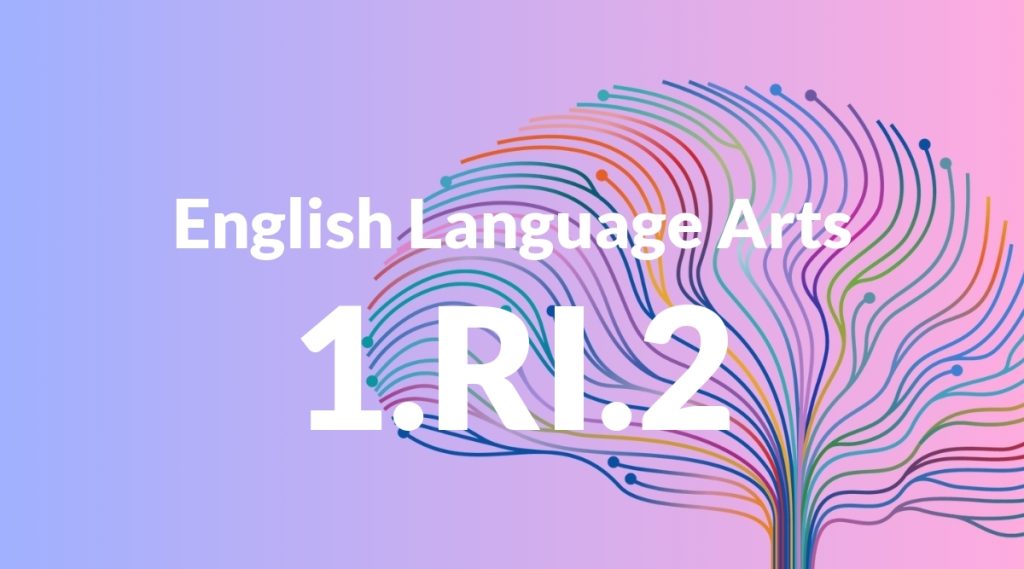Standard: 1.RI.2 – Identify the main topic and retell key details of a text.
Grade level: Grade 1
Subject: English Language Arts
Domain: Reading: Informational Text
Teacher Overview
This standard focuses on helping first graders identify the main topic of an informational text and retell key details. This skill is crucial as it lays the foundation for more advanced comprehension skills, such as summarizing and analyzing texts, which they will encounter in higher grades. Before tackling this standard, students should be able to understand and follow simple sentences and recognize basic text structures. They should also have experience with listening to and discussing stories and informational texts read aloud.
After mastering this standard, students will be able to compare and contrast key details from multiple texts, understand cause and effect relationships within informational texts, and analyze the author’s purpose.
Common Misconception 1
One common misconception is that students might think the main topic is the same as any interesting detail in the text. This is incorrect because the main topic is the overall subject of the text, while details support and provide information about the main topic.
Intervention 1
To address this misconception, use graphic organizers like a main idea and details chart. This visual aid can help students separate the main topic from supporting details.
Common Misconception 2
Another common misconception is that students might believe retelling means repeating the text verbatim. This is incorrect because retelling involves summarizing the main topic and key details in their own words, which demonstrates understanding.
Intervention 2
Encourage students to practice retelling by summarizing the text in their own words. Use prompts and guided questions to help them focus on the main topic and key details without directly quoting the text.
Prerequisite Knowledge
Students should be able to understand simple sentences and recognize basic text structures. They should have experience with listening to and discussing stories and informational texts read aloud.
Subsequent Knowledge
Students will develop the ability to compare and contrast key details from multiple texts, understand cause and effect relationships within informational texts, and analyze the author’s purpose.
Instructional Activities
- Use graphic organizers to identify the main topic and key details of a text.
- Read a short informational text and have students retell the main topic and key details in their own words.
- Create a class chart of main topics and supporting details from various texts.
- Use picture books to practice identifying the main topic and key details.
- Have students draw a picture representing the main topic and write key details around it.




